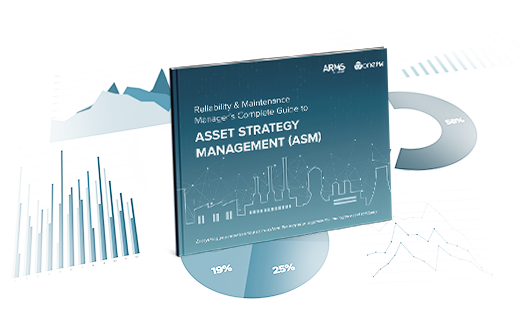It’s clear from recent discussions with other business leaders, that while they are distracted managing all the implications of COVID-19, there is underlying concern of asset related risk.
The concern is justified, we know that as operating context changes, including production levels, shift coverage adjustments, different resources and execution changes, that asset strategy should also change to manage risk, cost and performance – unfortunately all too often, asset strategies don’t change, exposing the organization to increased risk of catastrophic events and significant production impacts.
Leaders need to know that assets are being managed and operated in line with the appropriate risk profile. What’s more, they need to continue operating within that risk profile even as other factors in their environment change. For most organizations, this requires a more dynamic approach to asset management; one where people are supported with the right process and data for more agile decision-making.
Asset Strategy Management (ASM) enables this approach by ensuring that asset strategies are continually evolved based on real data and an effective review process. So rather than waiting to review asset strategies on a quarterly or annual basis, you can update asset strategies quickly and easily based on the constant changes in your operating environment.
Enabling data-driven insight
There are several elements that go into effective ASM, but from a leadership perspective, having the right data is key. This includes visibility of performance metrics and execution data that may highlight areas of risk and drive a strategy update.
With today’s technology, this data can be in the form of KPIs, automated reports and data analytics, or role-based dashboards. The most important thing is that leaders and others in the organization can quickly and easily identify the need to change or optimize their asset strategies—whether it is to manage risk, increase performance, or both.
Ensuring governance
Another important element of effective ASM is establishing a process for governance. It’s not enough to enable rapid strategy changes; any change needs to follow a documented process workflow, whereby the requested change is assessed and justified by a reliability-based resource. The change then flows through review, perhaps by a nominated equipment subject matter expert (SME), being finally approved by the appropriate leader or manager.
The change is then captured in the audit log for the reliability strategy, so that at any point in the future, the full history of strategy changes can be reviewed, assessed and the decision logic understood.
This process ensures that the reliability strategy gathers intelligence and maintains alignment to the appropriate risk profile, reliability principles and performance targets. More importantly, it delivers the peace of mind that the reliability strategies being executed are based upon the latest data, with full audit logs and justification.
To learn more and discover how ASM can help you to manage your risk while building agility, download our Complete Guide to Asset Strategy Management.


